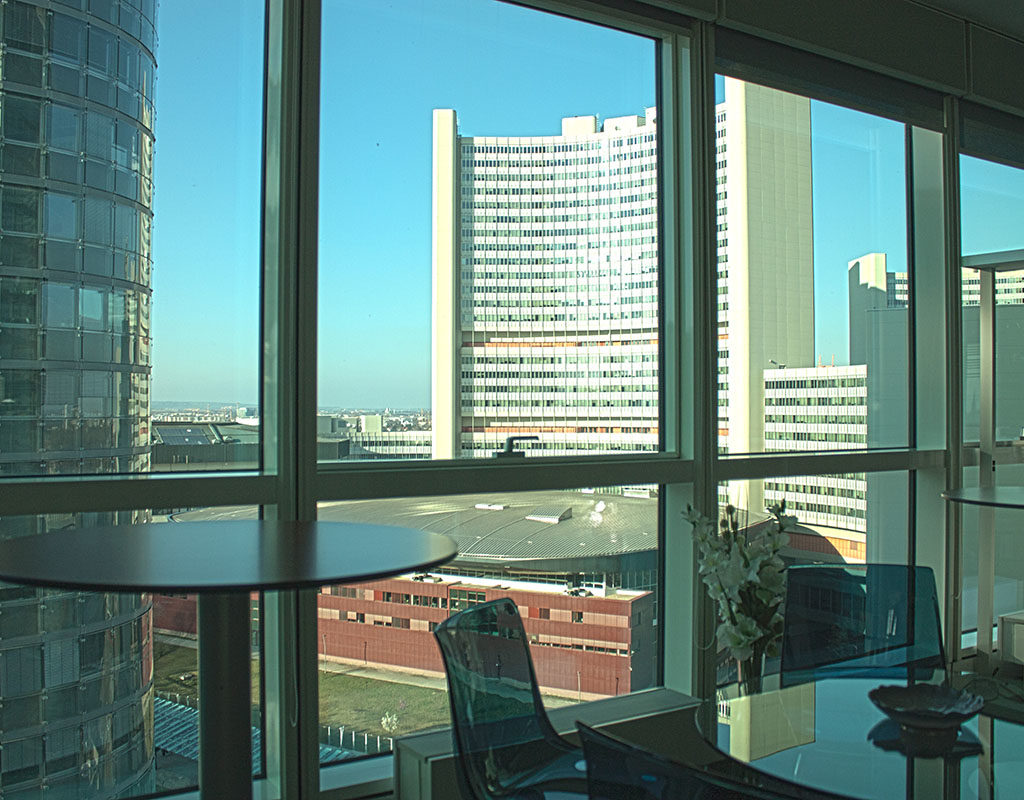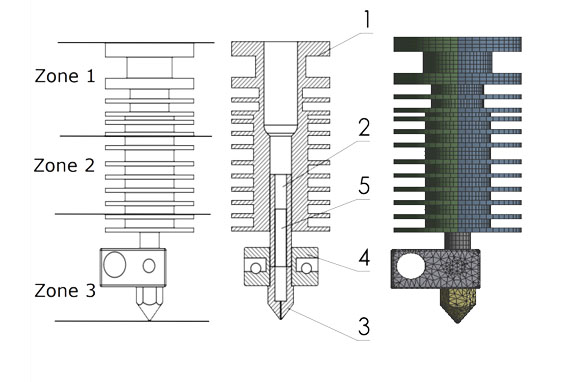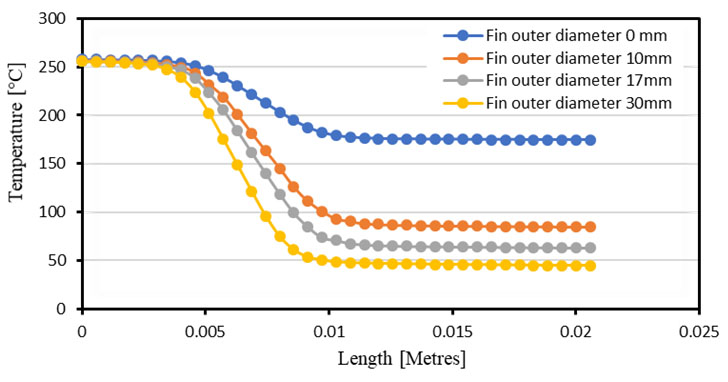Cademix Institute of Technology, Vienna, Austria | +43 650 967 7080 | info@cademix.org


Cademix Institute of Technology
Job seekers Portal for Career Acceleration, Continuing Education, European Job Market
People also visited:
Optimizing Project Success: Strategies for Effectively Breaking Down Projects into Tasks
Growing in Sawdust: Alternative Planting Medium in Vertical Farming
3D-Planning Software, From Traditional to Modern Architecture
OptiFree PureMoist: Enhancing Contact Lens Comfort and Hygiene
Architectural Design on a Budget: Utilizing FreeCAD for Your Projects
Financial Security for International Students and Job Seekers: Managing Liquidity, Living Costs, and...
SEO-Optimierung für mehrsprachige Websites: Ein umfassender Leitfaden
The Psychology of Engagement: Why People Interact with Digital Content and How to Leverage It
How AI is Shaping Mobile App Development
Effective Multi-Platform Communication: Integrating Email, WhatsApp, and Other Messaging Platforms
Navigating the Evolving Job Market in Central Europe: Insights on Domesticity, Regulation, and High-...
Mastering Job Interviews: Insights from Top Coaching Services
The Psychology of Rural Event Planning: Challenges and Opportunities
Silicone Hydrogel Contact Lenses: Benefits, Features, and Considerations
Skills for material engineers and industrial requirements
Crawl Space or Underground Air Duct ?
Discreet Censorship Approach to Maintaining a Healthy Social Media Community
Production of Lipstick
Protecting Candidates: Navigating the Legal Minefield of Job Offers
Optimizing SEO for Multilingual Websites: A Comprehensive Guide
ഒരു VUCA തൊഴിൽ വിപണിയിൽ കരിയർ ആത്മവിശ്വാസം വർദ്ധിപ്പിക്കുന്നതിന് AI എങ്ങനെ ഉപയോഗിക്കാം
1-Day Acuvue Moist Multifocal: Convenience and Clear Vision for Presbyopia
How can bacteriophage-based biosensors identify cancer quickly?
Nanorobots: A Tiny Robot For Diagnosis And Treatment
People also visited:
The Hidden Job Market
Spare Parts Management in Refinery
AI-Driven Predictive Maintenance in High-Voltage Power Systems
Benefits of Having Dual MBTI Personality in Workplace
Sustainable Interior Design with the help of ArchiCAD
Leveraging GPT and AI for Career Coaching and Professional Development
How Can We Enhance The Sensitivity of Antibody Biosensors?
The Overemphasis on Ethical Considerations in AI Development
Application History: A Career Acceleration Toolkit
Success Story: Jackie Genbo Chen
Acuvue Oasys for Astigmatism Daily: A Comprehensive Overview
Ranking the Ranks: Who Tops the Influencer Charts?
Legal Careers in Europe: Opportunities for International Lawyers
Exploring Biofinity XR: Benefits, Features, and Considerations for Users
1-Day Acuvue Moist Multifocal: Convenience and Clear Vision for Presbyopia
Real-Time Communication Tools in Manufacturing Sector
Storyboarding in UI/UX: Roles and How to Do It
Architectural Design on a Budget: Utilizing FreeCAD for Your Projects
The Impact of TinkerCAD and FreeCAD in the Industry
Information Technology & Collaboration: The Key to thrive business teams
AI Technologies emerging beyond 2020
EU GREEN DEAL AND COMPARISON WITH INDIAN STANDARDS
Optimizing Project Success: Strategies for Effectively Breaking Down Projects into Tasks
Design Home and Apartment for Pandemic Time


